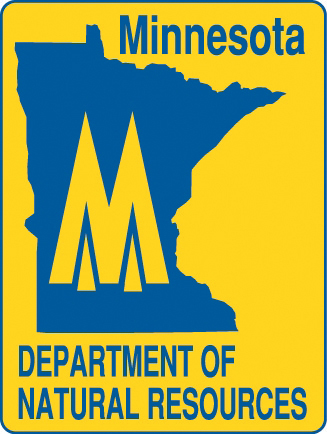Unseasonably warm weather, combined with a lack of snow cover, has taken a toll on the ice on some water bodies, particularly small ponds and drainage ditches often found in neighborhoods. These smaller, nearby water bodies can be magnets for curious children. These places often are overlooked when it comes to ice safety because they generally don’t attract ice anglers, but at least eight children under the age of 10 have died in the past 25 years after falling through backyard ice.
The Minnesota Department of Natural Resources wants to get the word out for people to be extremely cautious around the ice on these water bodies, which this year are melting much earlier than usual. It’s especially important to talk with children about the dangers and warn them to stay off.
ADDITIONAL INFORMATION:
Temperatures in the 40s and 50s are weakening the ice, with small ponds and drainage ditches melting the fastest. The lack of snow cover is causing the land and water bodies to warm up faster than they would if they had snow to reflect the sunlight and provide insulation.
With the extremely unusual conditions this winter, it is especially important that kids and adults are aware of the dangers of “ice in the backyard” – small ponds, creeks, and even drainage ditches.
In the past 25 years, eight children under the age of 10 died in Minnesota after falling through backyard ice. It only takes one gasp for air – caused by cold shock – for a person to drown in cold water.
Children are at a much higher risk because they do not understand the danger and might not even know that they are walking on ice when they are playing near a frozen holding pond or drainage ditch.
With the unseasonably warm weather and poor ice conditions this winter, now is a critical time for parents and guardians to talk with their kids about the dangers of walking on ice. Everyone can play a part in talking with their neighbors and making sure kids are never on the ice without an adult.
For more information about staying safe on and around the ice, visit the ice safety webpage of the DNR website.

